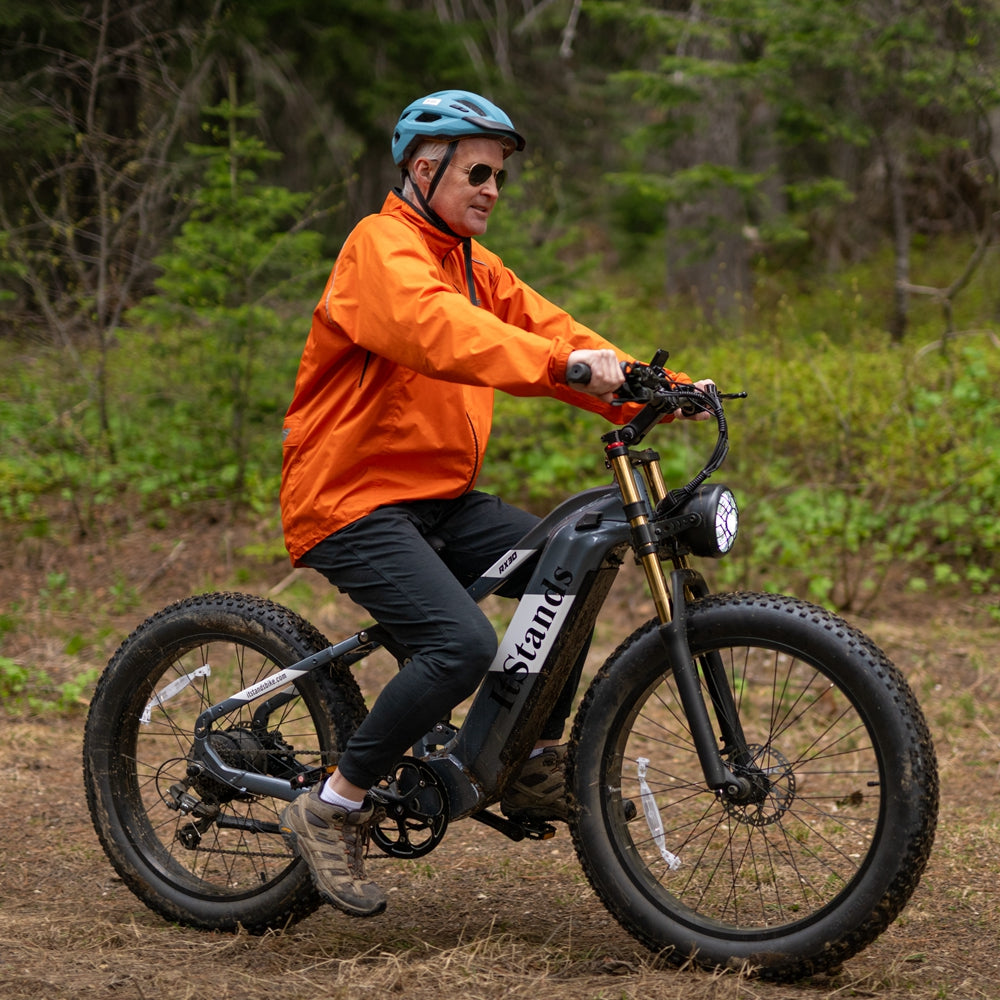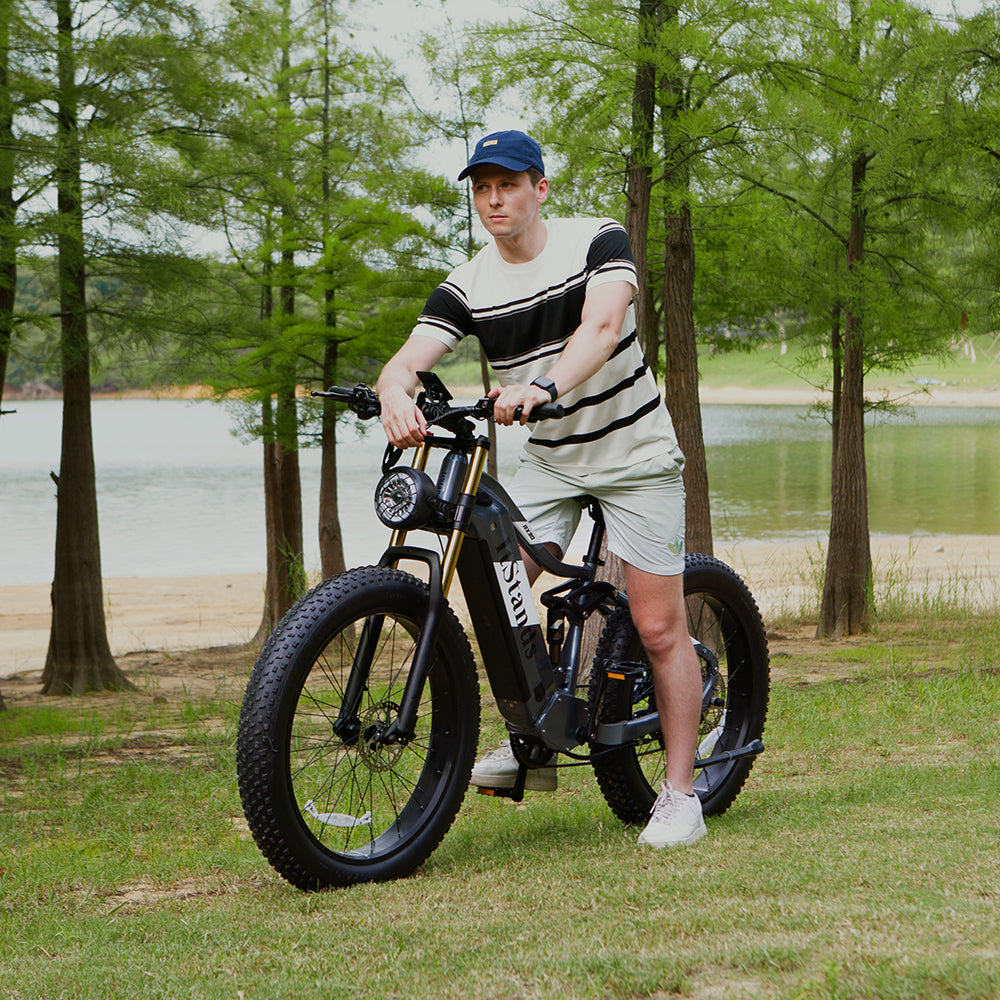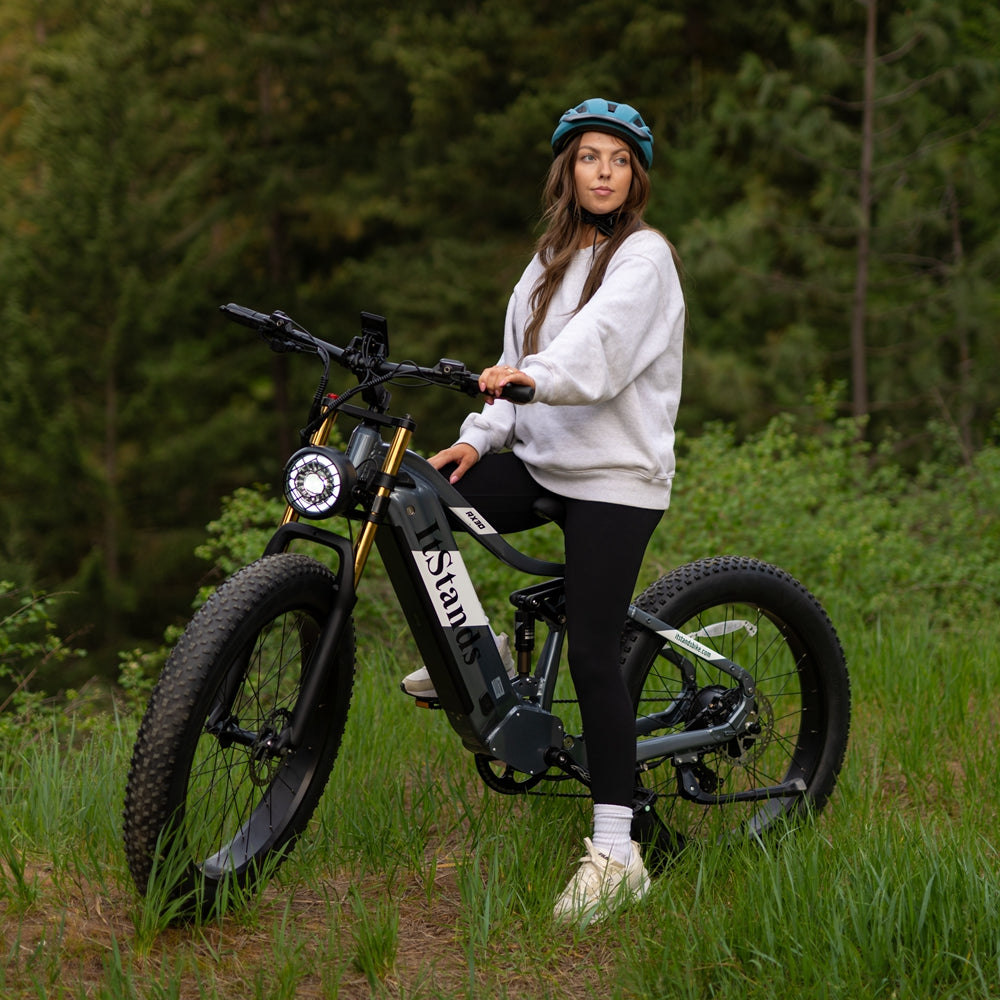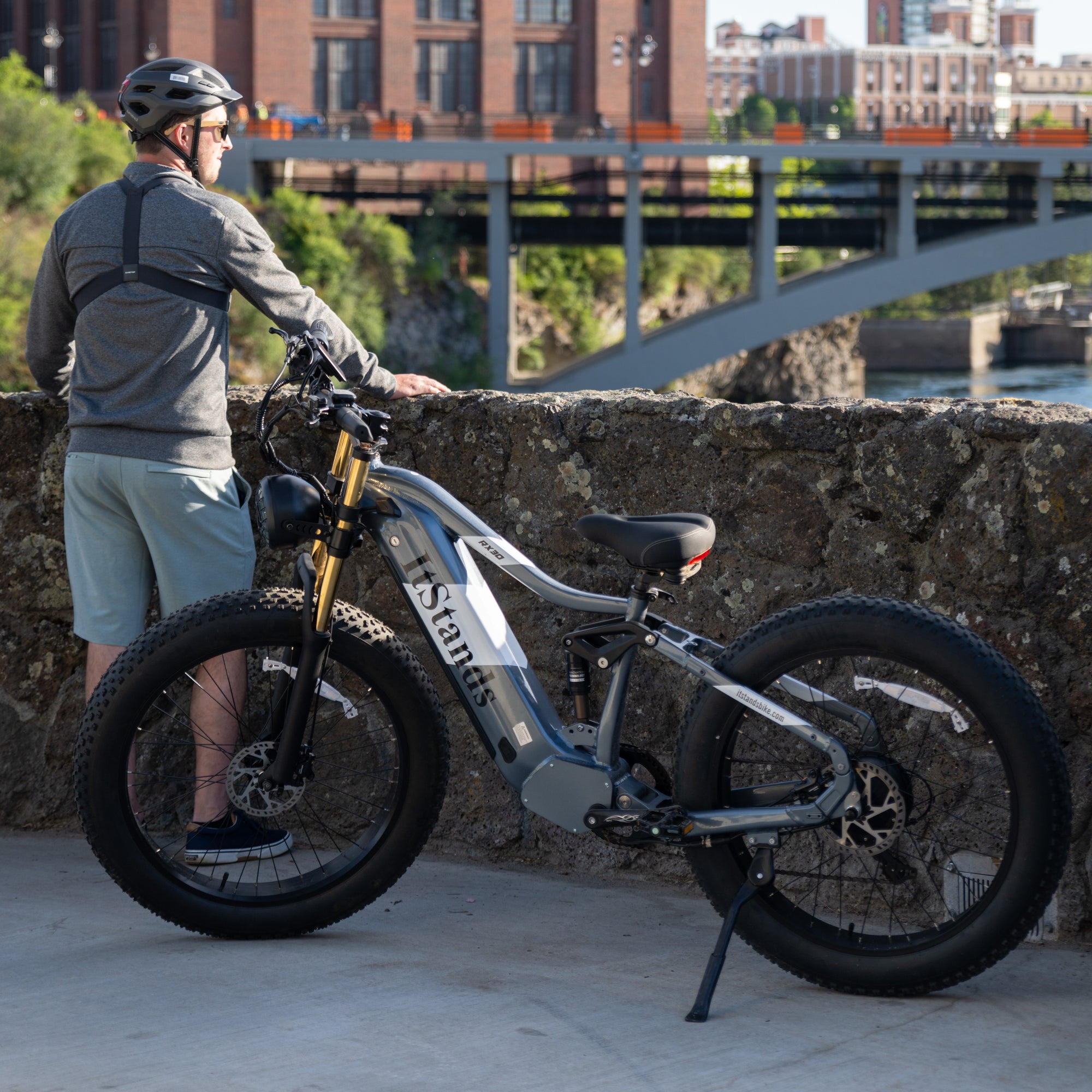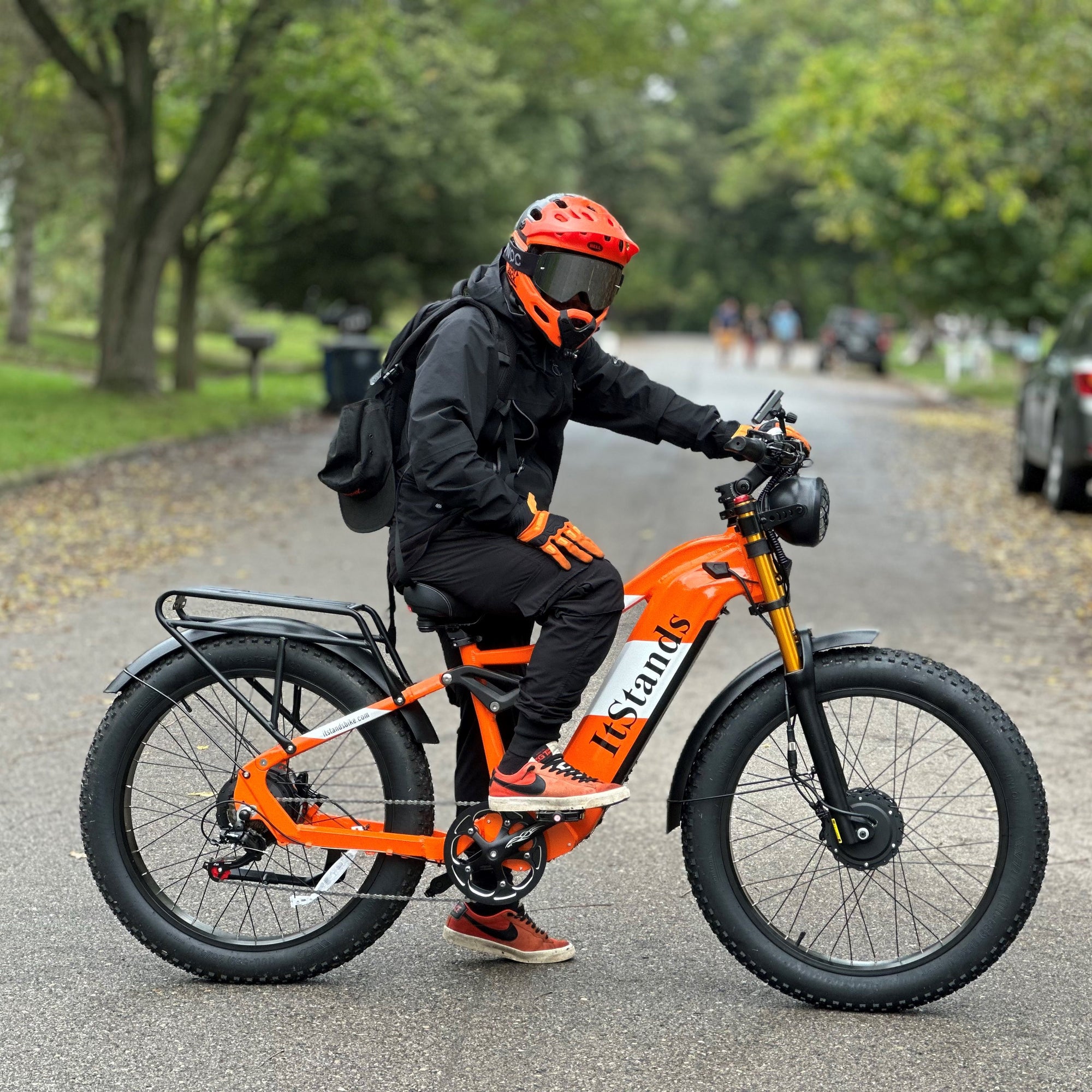The distance an electric bike covers depend on several factors. The main element is the size of the bike battery. After battery capacity, external factors impact the range of an electric bike. Some of these factors include rider weight, terrain, temperature, use of accessories, type and pressure of tires, use of gearing, inclines, and the level of motor assistance/throttle used during your bike ride,
The range of our electric bicycles will vary from model to model. Electric bicycles with larger batteries such as the RX30 can provide up to 80 miles of range, giving you plenty of capacity for a two-way commute or a weekend bike ride!
 Free Shipping
Free Shipping
 30-Days Return
30-Days Return
 2-Year Warranty
2-Year Warranty
 Free Shipping
Free Shipping
 30-Days Return
30-Days Return
 2-Year Warranty
2-Year Warranty
 Free Shipping
Free Shipping
 30-Days Return
30-Days Return
 2-Year Warranty
2-Year Warranty
































